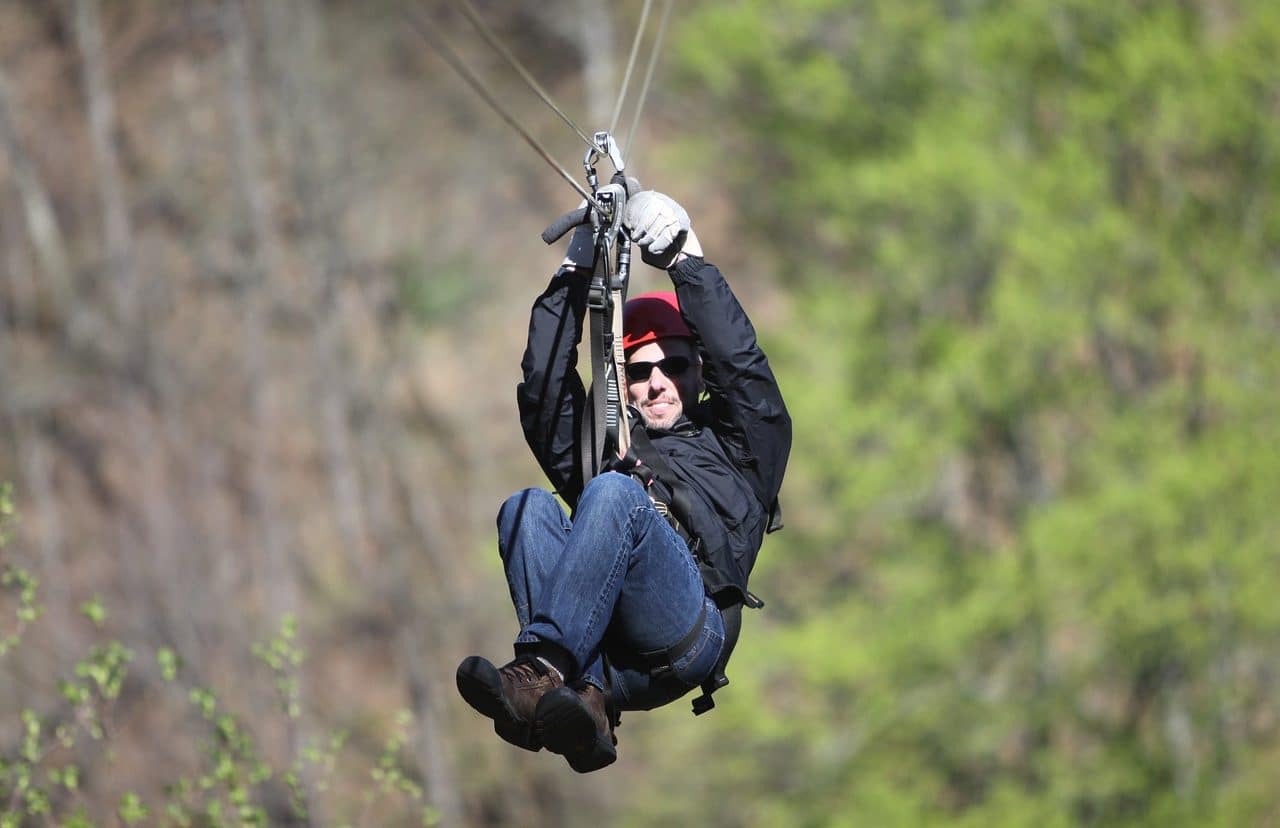
Innsbruck is among the most important Tyrolean cities.
Ziplining is a term that has several uses. As an adjective , Tyrolean and Tyrolean refer to that or that which is originally from Tyrol , a region of the Alps that is divided between Italy and Austria . Innsbruck and Trento are the most populated Tyrolean cities.
The notion of zip line, in any case, is usually associated with a movement system that is generally used for recreational purposes. Also known as a canopy or zip line , it consists of a pulley installed with cables that have a certain slope . In this way, due to the action of gravity, the person slides down a cable while holding on to the pulley .
Zip lines allow you to reach areas that are difficult to access, allowing the user to go over a canyon, a stream or very dense vegetation, to name a few possibilities.
Ziplining as entertainment
As entertainment , the zip line is usually installed between trees, at a considerable height . You can choose a ground that, in the event of a fall, will cushion the impact. In any case, those who practice ziplining must use harnesses, gloves, helmets and other safety elements.
In order for ziplining to be carried out safely , it is essential that the cable used for movement is very resistant and can tolerate the weight of the person who is sliding. Typically, these cables are made of stainless steel.
Several national parks and nature reserves in different parts of the world offer ziplining as a tourist attraction . It is an activity that, carried out consciously and taking certain precautions, does not harm the environment .

The zip line or canopy is a travel system that is usually used as entertainment.
The concept in music
Another area in which this term is often found is music , when talking about yodeling , a way of using the voice that requires sudden changes in tone, rapid jumps from low to high notes and vice versa, thanks to which a very particular sound is generated. Yodeling does not use words, but rather sets of notes to express different ideas and emotions; However, many songs with lyrics include sections of this type, something that can generate very happy and festive atmospheres.
The original name of this song is jodeln , and its pronunciation is similar to "iodln" (note that the "j" is read as a kind of "i" , and that the "e" is not pronounced). It is an onomatopoeia coming from the constructions that the performer must use while singing, which have no meanings; some of them are the following: yohodraehó, holadaittijô, iohodraehó and hodaro (the pronunciation of the "h" is similar to that of English, that is, aspirated, and not silent like in our language).
Origins of yodeling
This particular and striking art form is typical in the countries of the European Alps region ( Austria , Switzerland , Liechtenstein , northern Italy and southern Germany ), where it is considered part of a very important tradition ; In other countries there are styles with similar techniques, as is the case with the pygmies in Central Africa and the Saami in Scandinavia .
As often happens in the art world, the source of inspiration for yodeling was not exactly in a conservatory, but rather arose from the daily life of the people of that region, more precisely from the calls of calls rather than the Mountains became necessary for communication between ranchers and herds, or between people from nearby towns. In other words, something that began being used to complement oral communication became over time a form of singing that became imprinted in Alpine culture. It is worth mentioning that in Norway shepherds call cattle with similar sounds.
